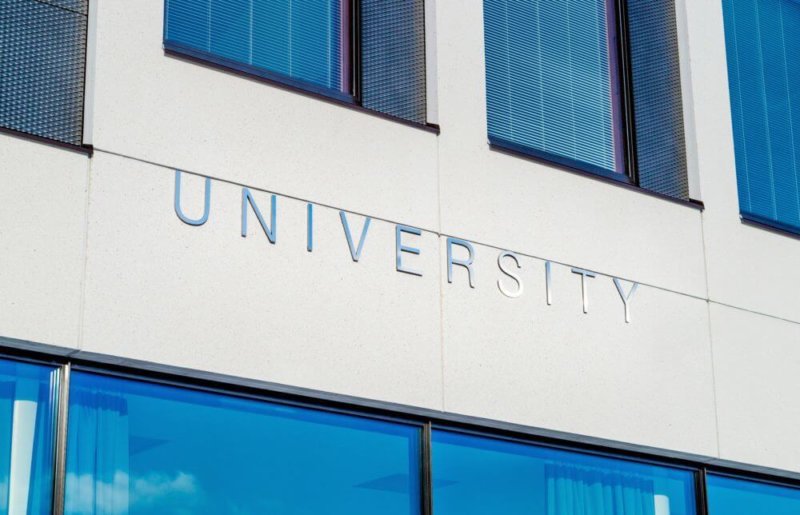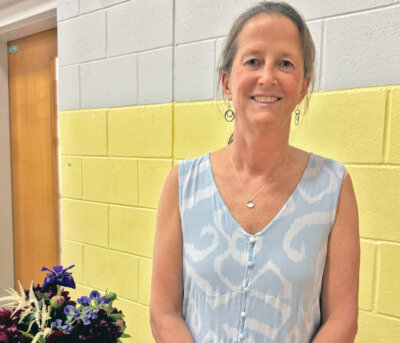In spite of Supreme Court decision, colleges still seeking diversity
The first of August is a rite of passage for high school seniors: the Common Application to apply to college is open.
This year, however, the Common Application will be different to address the Supreme Court’s decision to effectively end affirmative action for undergraduate, graduate, and post-graduate admissions, according to NPR this June.
Although the Common Application will still include listing of races and ethnicities, the colleges will block the “race box,” as reported by EdSource. Does this change how colleges evaluate your application?
“College admissions is a data-driven industry,” writes Jeffrey Selingo, the bestselling author and journalist, in the New York Times this July. “Although colleges will still report their enrollment by race and ethnicity to the U.S. Department of Education, they will be flying blind during the selection process … to the makeup of underrepresented students.”
The background of an applicant can often be deciphered from data points including zip code, parent education, activities and high school profile. Without race as a criterion, colleges are likely to boost minority application efforts “aimed at low-income communities and precollege programs designed for students who are first in their family to attend college,” explains Selingo.
Many claim that standardized testing puts minority students at a disadvantage. In response, most colleges are continuing test-optional policies to encourage more applicants from a range of backgrounds.
Test-optional policies for most colleges have shown “improving access to low-income, underrepresented and first-generation students,” said Inside Higher Education last July.
 In his book, “Who Gets In and Why,” Selingo illustrates holistic evaluation criteria beyond whether or not students submit standardized scores. The admissions committee awards points to various elements of the student’s application. This holistic review process considers the opportunities a student has and how they might have excelled within their environment.
In his book, “Who Gets In and Why,” Selingo illustrates holistic evaluation criteria beyond whether or not students submit standardized scores. The admissions committee awards points to various elements of the student’s application. This holistic review process considers the opportunities a student has and how they might have excelled within their environment.
While observing Emory University’s admissions process, Selingo details a rating scale in four areas: strength of the high school curriculum, extracurricular activities, recommendations and intellectual curiosity (evidenced from their leadership and essays). These categories allow for multiple readers to apply consistent scoring parameters when evaluating applications.
Colleges have stated a commitment to diversity on campus. Wesleyan University President Michael S. Roth said, “We can’t control what the Supreme Court does, but we can articulate our shared commitment to continue to give students, regardless of their background, the opportunity to thrive and to excel.”
Wesleyan’s admitted class of 2027 included only 4 percent legacies, compared to around 8 percent for the classes of 2022-26, explained ABCNews this July.
Essay prompts probe a student’s life experiences, beyond data points. Students can share their personal voice and passionate ideas. The essays can be a conversation with the committee to illustrate an applicant’s stories within word counts and character limitations. Colleges look for a range of talents and viewpoints to build their campus community.
For the upcoming 2023-24 undergraduate application season, Dartmouth College is requiring students to write a 250-word essay by choosing one of two prompts:
The first: “There is a Quaker saying: ‘Let your life speak.’ Describe the environment in which you were raised and the impact it has had on the person you are today.”
The other option: “‘Be yourself;’ Oscar Wilde advised. ’Everyone else is taken.’ Introduce yourself.”
The Larner College of Medicine at the University of Vermont requires this 400-word essay: The college “recognizes that diversity extends beyond chosen and unchosen identities and encompasses an individual’s entire experiences. Diverse environments can promote growth and provide an opportunity for reflection. Reflect on a time you learned something from someone of a group of people who are unlike yourself and how that challenged your preconceptions and biases. How will this experience influence your behavior in the future?”
As Chief Justice Roberts wrote in the majority opinion, “Nothing in this opinion should be construed as prohibiting universities from considering an applicant’s discussion of how race affected his or her life.”
The application process is not an ideal meritocracy. The college admissions committee sets priorities for what they are looking for. With limited slots and increasing applicants, they can choose from a range of candidates when shaping a class to their objectives.
Although affirmative action has been disallowed, colleges will continue to seek a diverse student body. Now more than ever, a student’s story must be far more compelling than mere data points.
(Margo Bartsch founded College Essay Coach, a full-service college admission business, and has been an adjunct professor in business at Champlain College and at Middlebury College.)
Related Stories
Popular Stories
If you enjoy The Charlotte News, please consider making a donation. Your gift will help us produce more stories like this. The majority of our budget comes from charitable contributions. Your gift helps sustain The Charlotte News, keeping it a free service for everyone in town. Thank you.
Andrew Zehner, Board Chair









